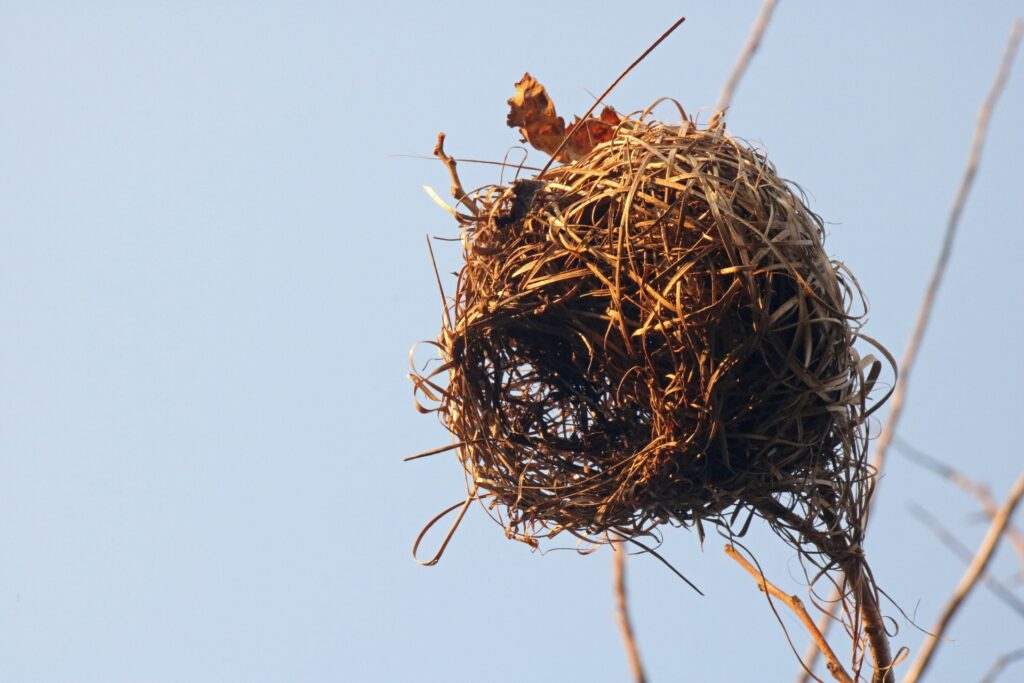Spring this year was warm, dry and the sunniest on record. Autumn/winter was very wet for much of the UK but not cold. The early June dip in temperatures and change to unsettled weather won’t cause much discomfort to the little birds. It is lengthy periods of very wet, windy or colder weather which the birds struggle with.
Even the conditions from the previous harvest can have a bearing. Wet, soggy summers or Septembers lead to problems for farmers but can result in grain on the fields later in the year, as long as the stubble is left for a time before ploughing. Pigeons and geese can enjoy a feast compared to drier years with an early harvest when the stubble fields might be ploughed more quickly.
The British Ornithology Trust (BTO) publish a Breeding Bird Summary report each year which includes weather information and looks at these patterns. The low temperatures in March 2018 suddenly froze shallow water and was thought to have affected Kingfishers. Without their supply of small fish, the breeding population fell by 38%. Small birds such as the Goldcrest, wren and long tailed tit also declined and because of their size are more vulnerable to cold weather. However, without another harsh winter this seemed to be a one-off dip.
Both the RSPB and BTO recommend continuing to feed birds all year round as garden birds may struggle to find food, they still may have young to feed. If there is a chilly or very wet spell, then your supplies will be well received. It was very dry and when the earth is hard, birds can’t get at the earthworms. During the summer months, birds require high protein foods, especially adults whilst they are moulting. For more advice on feeding garden birds in summer check out their websites.
Source: https://www.netweather.tv/weather-forecasts/news/10296-birds-and-the-weather—empty-nest


